ARC Review: The Girl from Venice
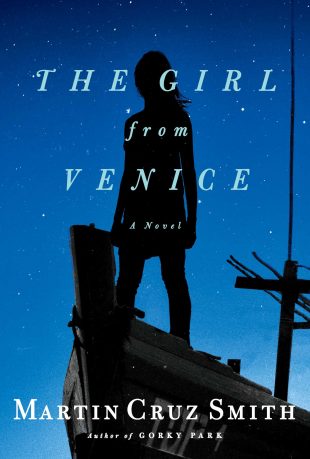 The Girl from Venice by Martin Cruz Smith
The Girl from Venice by Martin Cruz Smith 
Published by Simon & Schuster on October 18th 2016
Genres: Historical Fiction
Pages: 320
Source: Netgalley
Amazon
Goodreads
FTC Disclosure: I received a complimentary copy of this book from the publisher via Netgalley. All opinions are my own.
Goodreads Synopsis: The highly anticipated new standalone novel from Martin Cruz Smith, whom The Washington Post has declared “that uncommon phenomenon: a popular and well-regarded crime novelist who is also a writer of real distinction,” The Girl from Venice is a suspenseful World War II love story set against the beauty, mystery, and danger of occupied Venice.
Venice, 1945. The war may be waning, but the city known as La Serenissima is still occupied and the people of Italy fear the power of the Third Reich. One night, under a canopy of stars, a fisherman named Cenzo comes across a young woman’s body floating in the lagoon and soon discovers that she is still alive and in trouble.
Born to a wealthy Jewish family, Giulia is on the run from the SS. Cenzo chooses to protect Giulia rather than hand her over to the Nazis. This act of kindness leads them into the world of Partisans, random executions, the arts of forgery and high explosives, Mussolini’s broken promises, the black market and gold, and, everywhere, the enigmatic maze of the Venice Lagoon.
The Girl from Venice is a thriller, a mystery, and a retelling of Italian history that will take your breath away. Most of all it is a love story.
My Review:
I had no idea of what to expect when I first started reading Martin Cruz Smith’s The Girl from Venice. That gorgeous blue cover with the silhouette of a girl standing on the bow of a boat caught my eye as I was scanning the Netgalley site for upcoming releases. When I read the title and saw that the book was set in Venice during World War II, I was immediately intrigued, being a big fan of historical fiction and having also just visited this beautiful Italian city last summer.
Highlights for me:
I became engrossed in the story right away because Smith does a fantastic job of transporting his readers back to Italy during the final days of WWII. He perfectly captures the dangerous and tense atmosphere of a Venice that is still occupied by the Nazis and where no one feels they can trust anyone else. There’s also a sense in the air that the end of the war is approaching and with it a Nazi loss, and yet there are still pockets of Nazis desperately fighting on and rounding up all Italian Jews.
Into this treacherous environment, Smith introduces two characters that I fell in love with right away. The first, Cenzo Vianello, is a fisherman born and raised in Venice. He is a good man with a simple plan – to just keep his head down and survive until this awful war is over. The second character, Giulia Silber, is an Italian teenager who, up until the time of the war, had lived a privileged life. The war has changed all of that though because Giulia is Jewish and thus a target for the desperate Nazis that are still stationed in Venice. Cenzo and Giulia cross paths when the Nazis round up the rest of Giulia’s family from their hiding place. Giulia’s father shoves her in a laundry chute and she is able to escape and is swimming to find help in the lagoon where Cenzo fishes when he comes across her. Cenzo is immediately taken with Giulia and so vows to protect her from the Nazis and get her to safety, and thus his simple plan for surviving the war takes an unexpected turn into dangerous waters (pardon the nautical pun). I love a story where I have an underdog I can cheer on and how can you not cheer on a fisherman trying to protect a young Jewish woman from the Nazis?
I especially loved Cenzo in the sense that he’s like an onion, many layered. The more we get to know him, the more layers are peeled away and the more complex his life becomes. As Giulia gets him to open up about himself, we learn that he is not just a fisherman, but also a painter, and then we also learn that he has been betrayed by his older brother, a movie star who had an affair with Cenzo’s wife. On top of that, Cenzo’s mother now expects Cenzo to marry the widow of his younger brother, who was killed in the war, but Cenzo does not love the widow and so is doing everything he can to put off this undesirable marriage. After learning all of the misfortune in Cenzo’s life and that his brother has basically made him a laughingstock, I felt all the more sympathetic toward Cenzo.
What I loved about Giulia is her resourcefulness. She has a bit of an attitude with Cenzo at the beginning, until she determines she can trust him, but once she realizes he is worthy of her trust, she is game to do whatever she needs to do in order to escape from the Nazis – even if it means hacking off her hair, dressing like a boy, and learning to be a fisherman’s apprentice. She’s feisty and spirited, and again, like Cenzo, just a completely sympathetic character. Because both characters are so sympathetic, one of my favorite aspects of the novel was watching their friendship grow as they worked to secure Giulia safe passage away from the Nazis.
As much as I loved their growing friendship, I do have to say that I wasn’t completely sold on the idea of Cenzo and Giulia as a romantic couple. The shift from friendship to romantic partners happened rather abruptly and I guess I just missed it, but I was a little ‘Wait, what?! Where did that come from?’ when it happened.
Characters aside, I also loved the fast pace of the story and all of its many twists and turns. When Cenzo decides he’s going to help Giulia but then the plan somehow gets betrayed and Giulia disappears, Cenzo is determined to find her no matter what. This quest takes him out of his league and deep into the political underbelly of the war. We are transported away from the almost romantic lagoons of Venice to the treacherous Salo, which houses Mussolini, Communist partisans, Nazis, collaborators, resistance – basically a who’s who of everyone you could possibly want to stay away from if you’re a fisherman whose goal is to keep your head down and survive the war.
This section of the novel is just filled with suspense. People are constantly approaching Cenzo, trying to make deals with him, telling him they can help him find Giulia, and he just has no idea who he can trust, if anyone. No one is who they seem to be, and loyalties are so divided that even if someone seems to be on your side one day, the next they may not be if they think they can get a better deal from the other side. Even though this is technically historical fiction, The Girl from Venice really takes on the tone of a thriller as Cenzo maneuvers his way through all of the political landmines that surround him while he’s searching for clues about Giulia in Salo. These chapters were very exciting, and I blew through the last half of the book in just a few hours.
Anything I didn’t like?
Aside from not being completely sold on the romantic chemistry between Cenzo and Giulia, I did have a moment’s pause early on as we were learning about Cenzo’s life as a fisherman. When the narration turned to descriptions of fishing, I had a few painful Moby Dick flashbacks to whole chapters devoted to boring and superfluous descriptions of whaling. Thankfully, however, Martin Cruz Smith smoothly weaves in his descriptions of life as a fisherman so that they flowed organically with the rest of the story. I felt like I learned a little something about fishing in Venice without being deluged with dry, unnecessary facts so major hat’s off to Smith there.
Who would I recommend this book to?
I think I would definitely recommend it to anyone who is a fan of historical fiction, especially from the WWII era. I know there are some who complain that it has been too trendy a subject for books, but I think this books’ focus on Italy and Mussolini give it a unique and fresh perspective.
I would probably also recommend it to anyone who loves a good thriller so this one has so much suspense and so many mysterious and deceptive characters. It’s a story that will keep you guessing until the end as to who is trustworthy and who isn’t.
Thanks so much to Netgalley, Simon and Schuster, and Martin Cruz Smith for the opportunity to read and review The Girl from Venice.
Rating: 4 stars

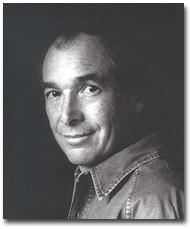
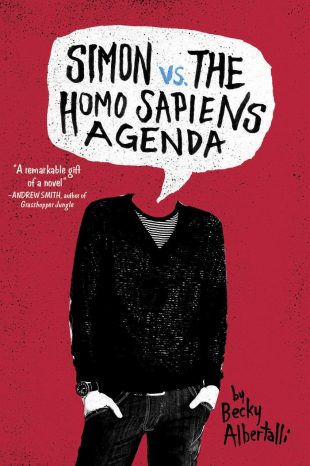 Simon vs. the Homo Sapiens Agenda by
Simon vs. the Homo Sapiens Agenda by 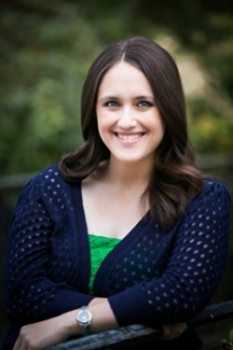
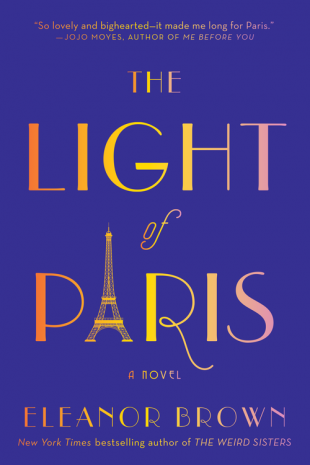 The Light of Paris by
The Light of Paris by 

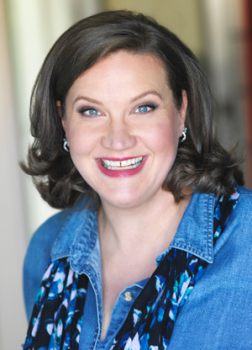
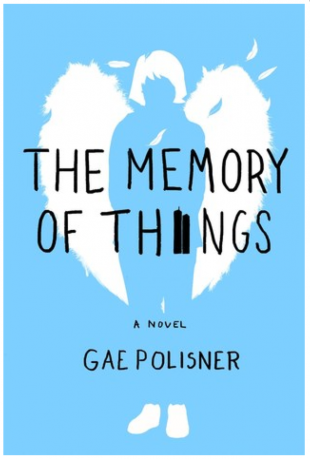 The Memory of Things by
The Memory of Things by 

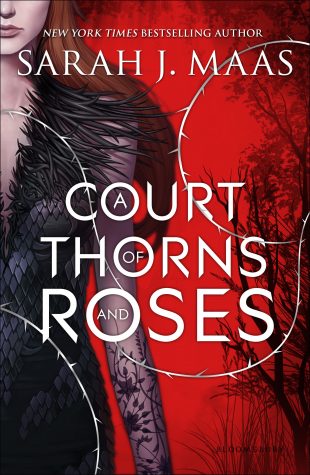 A Court of Thorns and Roses (A Court of Thorns and Roses, #1) by
A Court of Thorns and Roses (A Court of Thorns and Roses, #1) by 
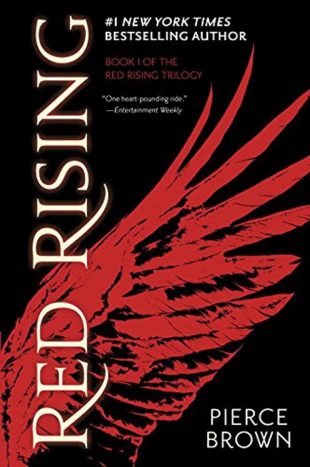 Red Rising (Red Rising, #1) by
Red Rising (Red Rising, #1) by 
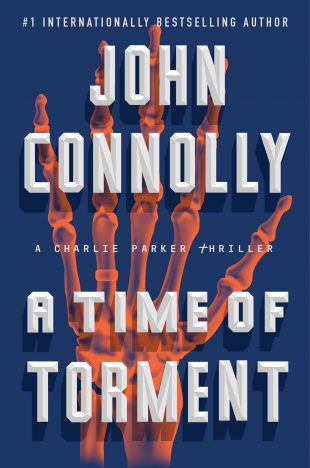 A Time of Torment (Charlie Parker #14) by
A Time of Torment (Charlie Parker #14) by 
 Modern Lovers by
Modern Lovers by 

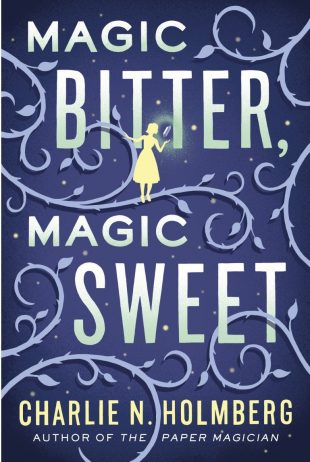 Magic Bitter, Magic Sweet by
Magic Bitter, Magic Sweet by 

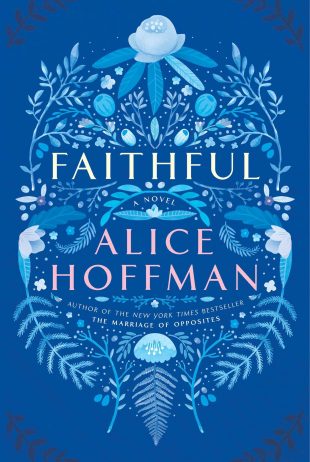 Faithful by
Faithful by 